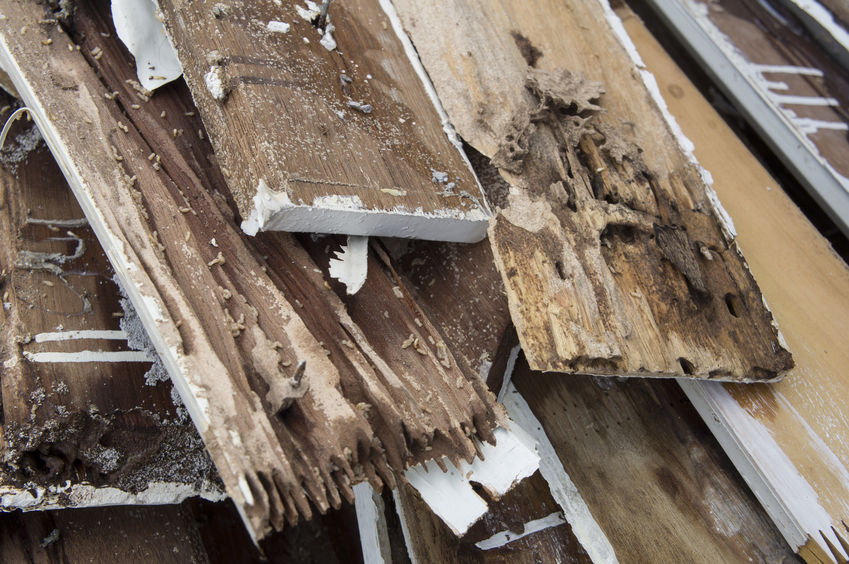Wet rot and dry rot are the two main types of fungi that can impact wood. Our decks, windows, and other areas of our home that are made out of wood are all susceptible to these two types of fungi. However, in order to treat the wood rot correctly, it’s essential to accurately identify which type of fungi is affecting your home. Here’s how:
Identifying wet rot
Wet rot is the most common type of fungi. It impacts areas of the wood that have gotten damp or wet due to a flood or leak. If left untreated, it can cause severe structural damage to your home. A few signs of wet rot include:
- – Wood feels soft and spongy to the touch
- – Prevalence of black fungus on the surface
- – If the wood has been rotting for a prolonged time, it may dry out, causing it to crack and crumble
- – In some cases, the paint finish will be damaged, but in others, the rot will be underneath the paint
Identifying dry rot
Dry rot is less common than wet rot, but it is more serious. Caused by the fungi Serpula lacrymans, dry rot can, if left untreated, spread throughout an entire building. Some of the signs of dry rot include the following:
- – Wood shrinks and cracks along the grain
- – Wood feels soft and spongy to the touch
- – There is a damp, musty smell
- – Paint finish may appear damaged in some cases, while intact in others
- – As the rot spreads, fruiting bodies (like mushrooms) will grow
- – The mycelium will start as yellow before changing to gray as time passes
Wood rot is no joke, and it must be removed as quickly as possible. Here at Ivy Lea Construction, we can repair or rebuild any area of your home that has been affected by wood rot. Contact us today to learn more.

